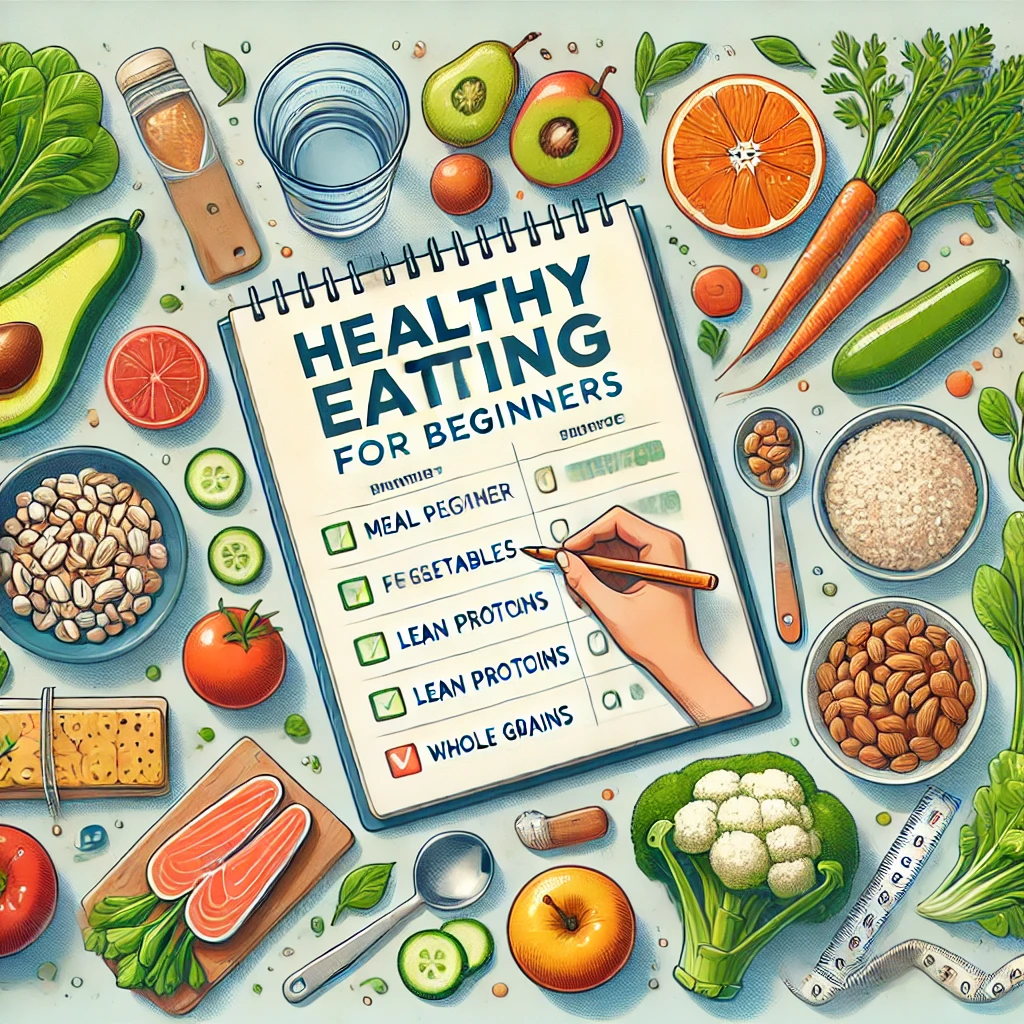
How to Build the Perfect Healthy Eating Plan for Beginners
Let’s face it—starting a healthy eating plan can feel like trying to climb Mount Everest in flip-flops. But what if I told you it doesn’t have to be that way? Whether you’re a total newbie or someone who’s tried every diet under the sun, this guide will show you how to create a healthy eating plan that’s not only effective but actually enjoyable. Yep, you heard me—healthy food can be fun!
Why a Healthy Eating Plan Is More Than Just a "Diet"
When you hear the word “diet,” do you instantly think of boring salads, bland chicken, and saying goodbye to your favorite snacks? Same. But a healthy eating plan isn’t about restrictions—it’s about balance, sustainability, and feeling your absolute best. Think of it like designing your dream playlist, but for your body.
Step 1: Understand Your "Why"
Before you start swapping chips for kale, ask yourself: Why do I want to eat healthier? Is it to boost energy, improve mental health, lose weight, or feel more confident? Knowing your “why” keeps you motivated when temptation strikes (like that late-night cookie craving).
Step 2: Build a Solid Foundation with the Basics
The Core Food Groups to Focus On
- Fruits and Vegetables: Aim for vibrant colors—like a rainbow on your plate.
- Whole Grains: Brown rice, quinoa, oats—fiber is your friend.
- Lean Proteins: Chicken, tofu, fish, legumes—they’re the building blocks of your body.
- Healthy Fats: Avocados, nuts, olive oil—because fats aren’t the enemy.
- Water: Stay hydrated like it’s your job.
Step 3: Personalize Your Plan
Forget cookie-cutter meal plans. How to create a personalized fitness plan? Easy—consider your lifestyle, preferences, and goals. Are you a busy professional? A parent juggling a million things? Tailor your plan to fit you, not the other way around.
Top 10 Diet Tips to Maintain a Healthy Lifestyle
- Don’t skip breakfast—start strong.
- Practice mindful eating—slow down, savor each bite.
- Plan your meals ahead of time to avoid last-minute unhealthy choices.
- Keep healthy snacks handy to fight off cravings.
- Stay hydrated—sometimes thirst masks as hunger.
- Focus on whole foods, not processed ones.
- Don’t fear carbs—choose complex ones.
- Learn portion control—your plate isn’t a bottomless pit.
- Listen to your body—eat when you’re hungry, stop when you’re full.
- Allow flexibility—balance is key.
Step 4: Meal Prep Like a Pro (Even If You Hate Cooking)
Meal prepping isn’t just for gym bros with chicken and broccoli. It’s for anyone who wants to save time, money, and stress. Batch cook grains, prep veggies, and store portions in containers so you’re always just a microwave away from a healthy meal.
Step 5: The Role of Mental Health in Healthy Eating
Your mental health and eating habits are BFFs. Stress-eating? Emotional snacking? Yep, we’ve all been there. That’s why adding simple meditation practices or even a quick journaling session can help you stay on track.
Wellness Trends 2025: What’s Hot in Healthy Living?
From plant-based everything to personalized nutrition apps, 2025 is shaping up to be the year of smart, sustainable wellness. Keep an eye out for gut health hacks, mood-boosting foods, and tech that tracks more than just your steps.
Fitness Routines to Complement Your Eating Plan
Think of fitness and nutrition as peanut butter and jelly—better together. You don’t need to be a gym rat to get moving. Affordable fitness routines for busy professionals like home workouts, walking meetings, or quick HIIT sessions can work wonders.
The Connection Between Sleep and Productivity
Believe it or not, sleep is the unsung hero of your healthy eating plan. Lack of sleep messes with hunger hormones, making you crave junk food. Prioritize rest like your life depends on it—because it kind of does.
Beginner's Guide to Yoga for Mind-Body Balance
Yoga isn’t just about flexibility—it’s about connecting with your body, reducing stress, and enhancing mental clarity. Even 10 minutes a day can help you feel more grounded and less likely to dive into a bag of chips after a tough day.
Self-Care Strategies That Support Healthy Eating
Self-care isn’t all bubble baths and candles (though those are great). It’s about setting boundaries, managing stress, and treating your body with kindness. When you take care of your mind, making healthy choices becomes second nature.
Affordable Fitness Equipment for Home Workouts
You don’t need a fancy gym membership to stay fit. Resistance bands, a jump rope, or even your own body weight can help you stay active without breaking the bank.
How to Stay Motivated (Even When You Want to Quit)
Let’s be real—motivation isn’t always there. That’s why relying on habits, not just willpower, is key. Set realistic goals, celebrate small wins, and remember: progress, not perfection.
Conclusion: Your Healthy Journey Starts Today
Building the perfect healthy eating plan isn’t about perfection—it’s about progress. Start small, stay consistent, and most importantly, be kind to yourself. You’ve got this!
FAQs
1. How do I start a healthy eating plan if I’ve never done it before?
Start with small changes, like adding more veggies to your meals or drinking more water. Focus on progress, not perfection.
2. Can I still eat my favorite foods on a healthy eating plan?
Absolutely! It’s all about balance. Enjoy your favorites in moderation while focusing on nutrient-rich foods.
3. Do I need to count calories?
Not necessarily. Listening to your body’s hunger cues and focusing on whole foods is often more effective than strict calorie counting.
4. How can I stay motivated when I feel like giving up?
Set small, achievable goals and celebrate your progress. Having an accountability buddy can also help!
5. What’s the best diet for weight loss?
There’s no one-size-fits-all answer. The best “diet” is one you can stick to long-term—balanced, flexible, and sustainable.